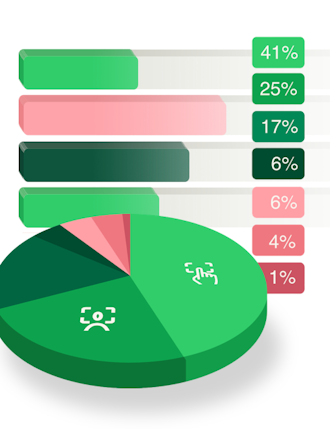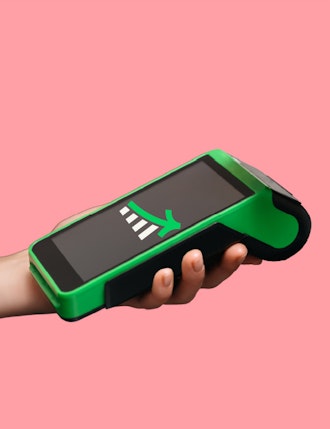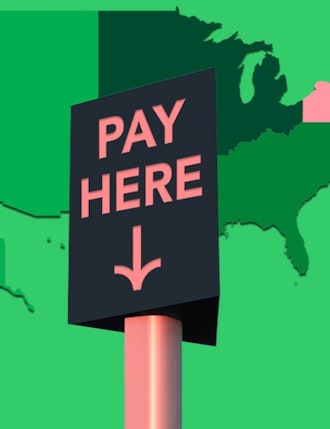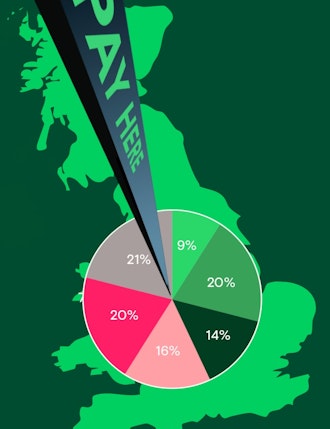The status quo of payments in the UK: A deep dive into consumer expectations
In September 2024, we conducted a comprehensive survey of 1,010 participants across the UK to find out the general public’s expectations around payment methods in stores. As digital payment options continuously expand, this survey explores what consumers expect from retailers both today as well as in the near future.
Through this interactive analysis, we’ll examine the evolving preferences regarding payment methods, exploring some key age-based trends, common concerns, regional differences and opinions.
Payment Preferences: Cash Still Reigns in the UK
Although globally we might be moving towards an increasingly cashless society, our survey has revealed that cash remains the most popular payment method overall, with 36% of respondents picking it as their top choice. Tap-to-pay with credit/debit cards follows closely, with 30%. Other options, such as credit/debit cards with pin code (8.6%) and digital wallets such as Google Wallet or Apple Pay, got smaller percentages (8.3%). Even less favored methods include: bank transfers (5.2%), credit/debit card with signature (4.9%), and cheques (3.4%), however, it’s peer-to-peer payments (e.g., PayPal) that rank the lowest, with only 2.7% of respondents marking it as their favorite method.
“36% picked ‘cash’ as their number 1 payment method, making it the most popular in the UK.”
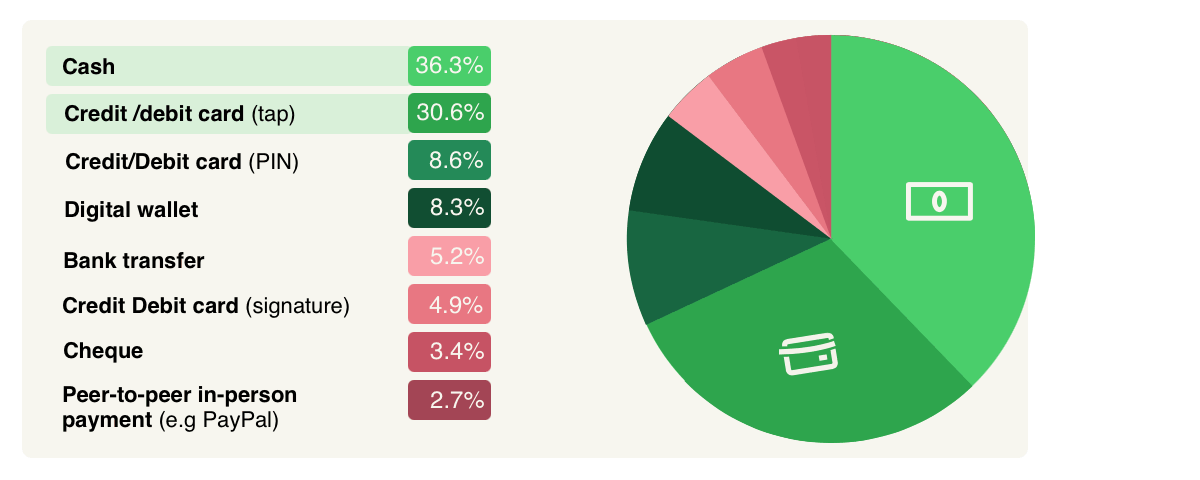
The survey shows a clear split in payment preferences by age. While cash remains the top choice for 18-24-year-olds (46%) and 65+ respondents (41%), tap-to-pay with credit/debit cards is the favorite among 45-54-year-olds (38%) and 55-64-year-olds (39%). This generational divide indicates that, although digital options are gaining traction, cash still holds strong appeal among the youngest and oldest groups. At the other end of the spectrum, peer-to-peer payments (e.g., PayPal) are the least favored option across all age groups, with 43% ranking it as their least preferred method.
Meanwhile, we saw that biometric payments are on the rise, but trust in how companies handle biometric data has the country divided down to a near 50/50 split. Only 47% of respondents trust businesses to protect their biometric information, with 46% of 25-34-year-olds expressing confidence in companies' ability to handle their data. Meanwhile, older respondents are more cautious, with 55-64-year-olds and 65+ respondents showing a higher level of neutrality or distrust.
"Trust in companies handling biometric data sees the country divided."
Regional Split: Challenges, Opinions and Biometrics’ Adoption
In terms of challenges in using one’s preferred payment method, in Wales, 74% of respondents reported no issues using their preferred payment methods within the UK, the highest of any region, compared to just 51% in Northern England. Also, when it comes to payments made abroad 65% of respondents from Wales did not report difficulties, again standing out from regions like Northern Ireland (30%) and Scotland (32%).
Regarding cash-only transactions, the majority of respondents in Wales (70%) and Central England (63%) strongly oppose a potential ban, while Northern Ireland shows more ambivalence, with 60% either neutral or supportive of a ban.
Biometric payment familiarity is high across the UK, particularly in Northern Ireland and Wales (both at around 70%), with a clear majority indicating readiness for these more advanced technologies. However, trust in biometric data protection varies, with 60% of Scottish respondents expressing trust in companies compared to 45% in Northern England.
Overall, only 25% of UK respondents were unfamiliar with biometric payments, this stands in stark contrast with the findings from a recent survey we conducted in the US which found that 45% out of the 2000 respondents’s sample were still largely unfamiliar with this.
"Respondents in the US were almost twice as likely to be unfamiliar with biometric payments compared to those in the UK."
Top Factors Influencing Payment Choices
So what makes for a good payment experience according to the UK public? Respondents showed a clear age-based divide in priorities, with a few surprises. Security is the top concern for older participants, with 72% of 55-64-year-olds and 68% of 65+ respondents ranking it as the most important factor, whereas speed tends to be more valued by younger respondents, with 49% of 25-34-year-olds and 31% of 45-54-year-olds placing it at the top of their list.

An interesting finding is that security in transactions is not only a top priority for older respondents, but also for the very youngest. 64% of 18-24-year-olds and 68% of those 65+ rank security as the most important factor, highlighting a shared concern across these generations.
Consumer Loyalty and The Importance of Payment Flexibility
Loyalty to their preferred payment method runs deep among UK consumers. The survey revealed that 44% of respondents would refuse to shop at a store that doesn’t accept their chosen method.
The sentiment is particularly strong among 25-34-year-olds, where 42% said they would entirely avoid a store if their preferred payment option wasn’t available. This is a key demographic for many retailers, and this insight highlights the importance of providing flexible payment methods even for small and medium businesses (SMBs).
"44% of respondents would refuse to shop at a store that doesn’t accept their chosen method."
I would refuse to shop at a store that didn't accept my chosen payment method:
The Present and Future of Payments in the UK
While biometric payments are gaining momentum, a significant portion of consumers remains skeptical about their long-term dominance. 30% of 18-24-year-olds believe that biometric payments will become the standard in the next 5 to 10 years, while older respondents are less convinced. Among those aged 65+, 22% disagreed with this prediction, highlighting a generational gap in the acceptance of new technologies.
Despite these concerns, the interest in fingerprints and facial recognition continues to grow, particularly among younger consumers. As payment providers look to the future, offering a wider range of secure and familiar options will be key to meeting the expectations of all age groups.
The UK’s payment landscape remains a complex mix of traditional and emerging methods, with cash still holding a dominant position for the vast majority, especially among the youngest and oldest generations in our sample.
Meanwhile, tap-to-pay options are gaining momentum, particularly among middle-aged consumers. There's also rising interest in biometric payments, despite lingering concerns about data security, albeit varying from region to region, with stronger confidence in areas like Scotland compared to Northern England.
Many consumers also report difficulties using their preferred payment methods outside the country, such challenges highlight the growing importance of cross-border payment solutions, as purchases outside one’s country borders become more crucial for both consumers and businesses alike.
As the payments ecosystem evolves, retailers and payment providers must continue to balance familiarity with innovation, ensuring that both traditional and tech-forward options are available to meet the disparate needs of UK consumers.
Interested in reading more around this subject? Here are some useful articles…


